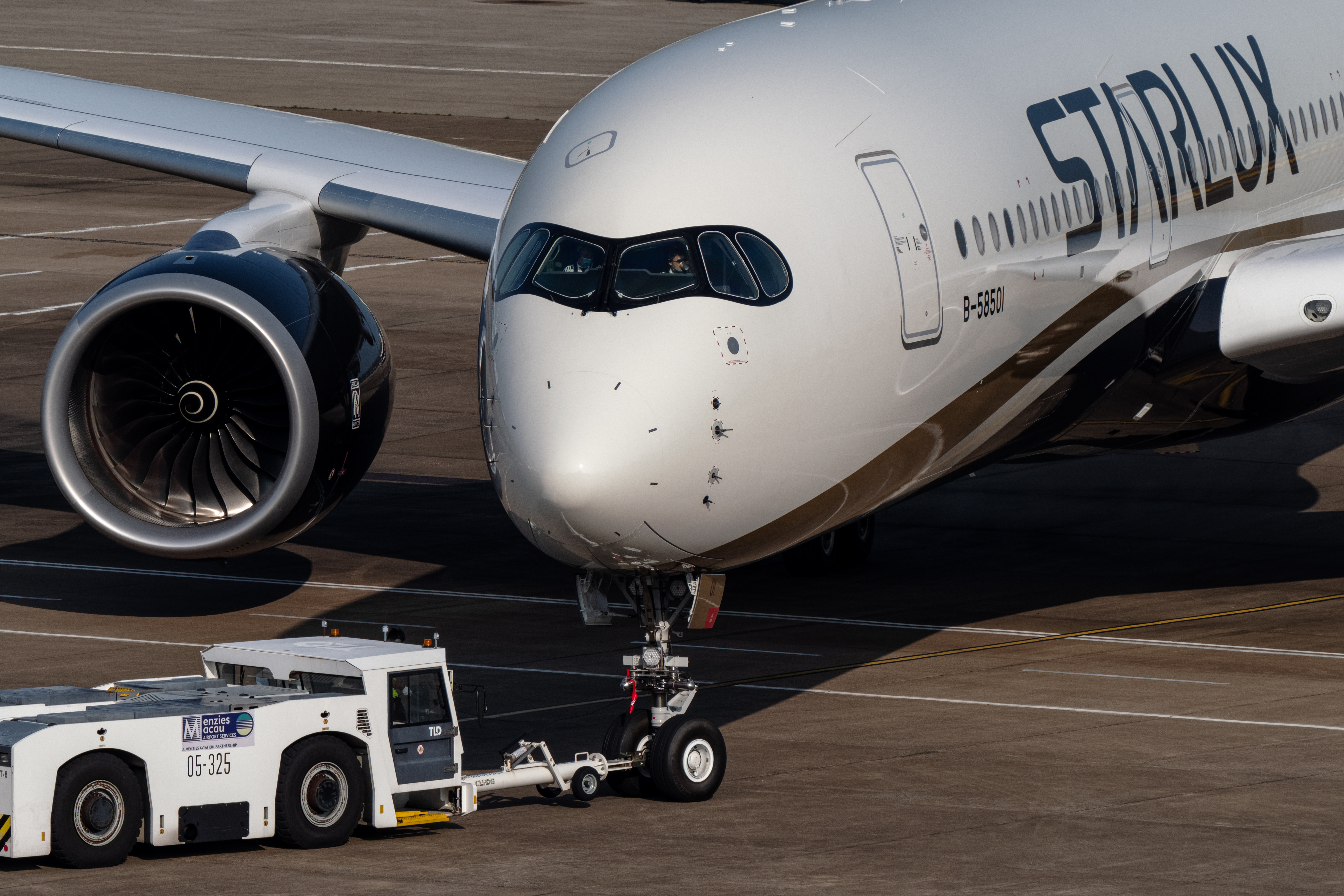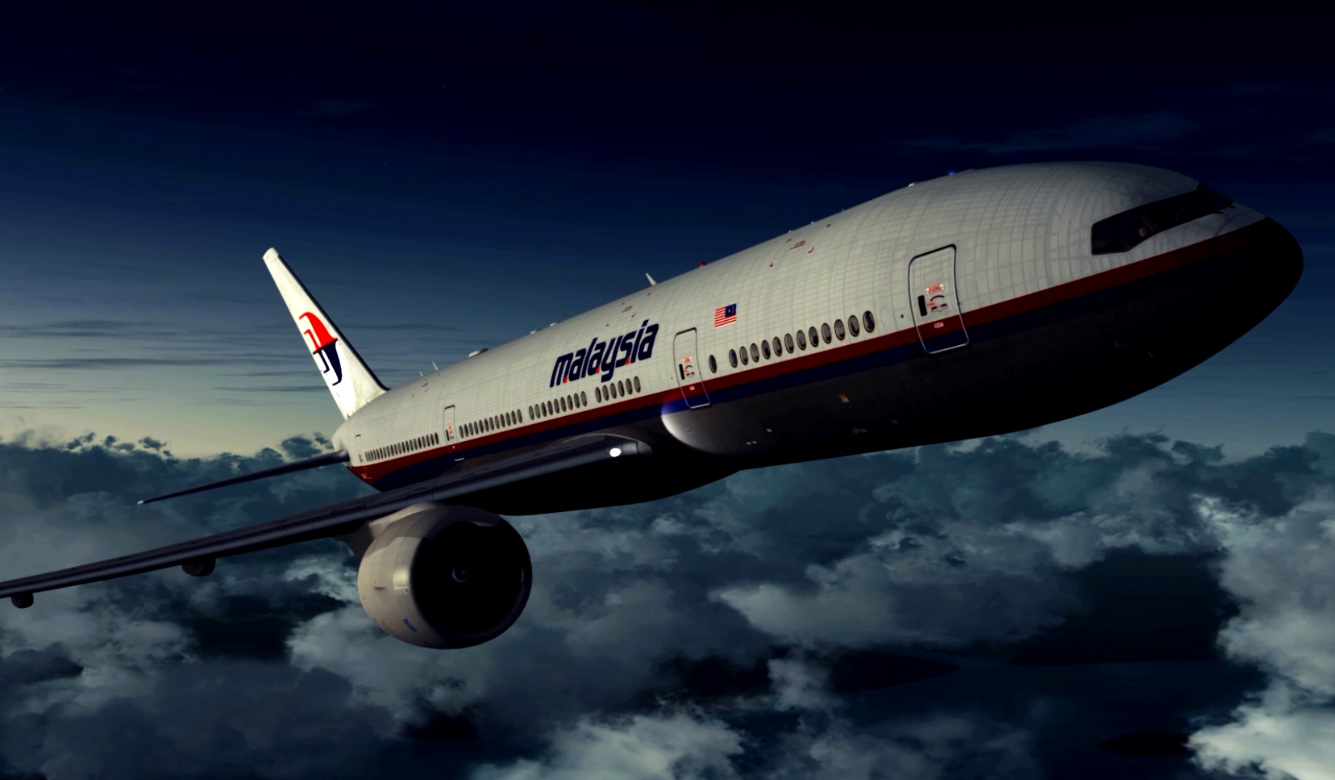Guiding you to the safest and best value airline for every journey.
Tailored and detailed ratings, reviews & information on airlines around the globe.
By joining our newsletter, you agree to our Privacy Policy
Latest Stories
Airline News
Jetstar vs AirAsia: One route-who comes out on top?
3 min read

Editorial Review
Is Starlux Airlines quietly becoming the new benchmark for luxury business class?
7 min read

Airline News
STARLUX becomes third airline to earn Seven-Star PLUS safety rating
3 min read

Airline News
How safety brought an airline to its knees
4 min read

Airline News
How did 6000 Airbus aircraft end up grounded?
4 min read

Categories








